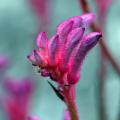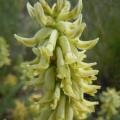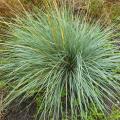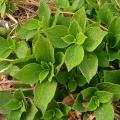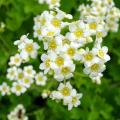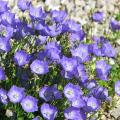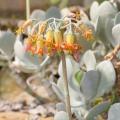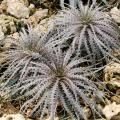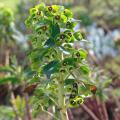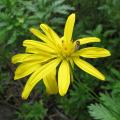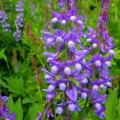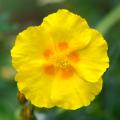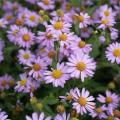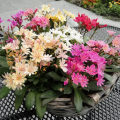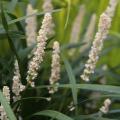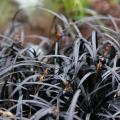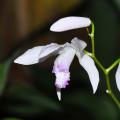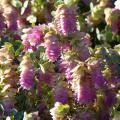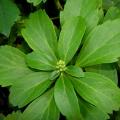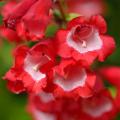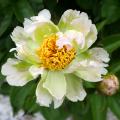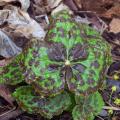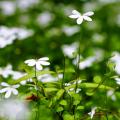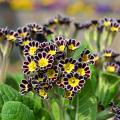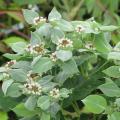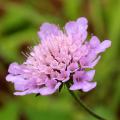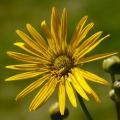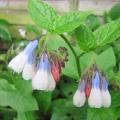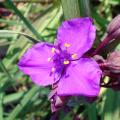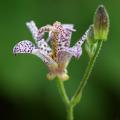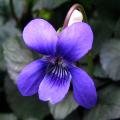Mangave
Would this plant suit my garden? Set up your Plantfit profile →
Available in 1 sizes
Available in 2 sizes
Available in 2 sizes
Available in 2 sizes
Available in 1 sizes
Available in 1 sizes
Available in 0 sizes
Available in 2 sizes
Available in 2 sizes
Available in 2 sizes
Available in 2 sizes
Available in 1 sizes
Mangaves are succulent plants with unusual and architectural foliage, resulting from a cross-breeding between Manfreda, which are related to these tuberous plants, and Agaves. All these plants are native to the Americas.
Their foliage, arranged in a soft and flexible rosette, combines the spotted patterns of Manfreda, and the evergreen and imposing character of Agaves. Mangaves seduce with the fantasy and diversity of their colour, patterns, or the shape of their rosettes. Each one is a true work of art, like the varieties 'Lavender Lady', with its sumptuous bluish-violet foliage, or 'Mission to Mars', adorned with a beautiful purple-red dress.
Mangaves combine the qualities of their parents: they grow a little faster than agaves and have very few spines on their toothed leaves. Not hardy, these succulent plants perish below -5°C (23°F). For this reason, they are grown in pots in most of our regions, which suits them very well as long as they are provided with a rather dry, well-drained substrate, even sandy or rocky soil. In favourable climates, they make beautiful subjects for a dry garden, to be placed prominently alongside small cacti and other plants from slightly arid areas. Agave pots can spend the summer on the patio or balcony and can then be sheltered overwinter from frost in a bright, but unheated room.
Haven't found what you were looking for?












































































